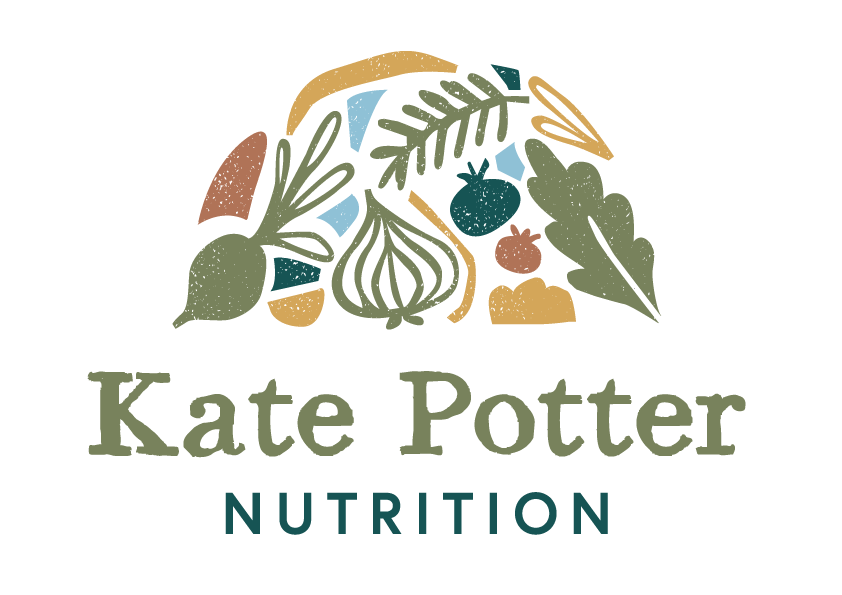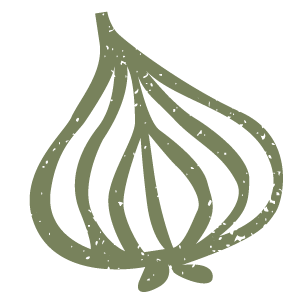Oestrogen, progesterone and autoimmunity
Reproductive hormones have been enjoying a high profile recently with all the menopause coverage! But why are they so important when we are looking at autoimmune conditions?
Oestrogen, progesterone and autoimmunity
It is most useful to look at oestrogen and progesterone in combination when considering their impact on autoimmunity. A high oestrogen to progesterone ratio is inflammatory. Not only are the anti-inflammatory effects of progesterone inhibited, but high oestrogen levels put a huge burden on the liver. When the liver struggles to detoxify oestrogen (and other substances), inflammation increases. As we know, inflammation triggers autoimmune flares.
Testing can establish whether the oestrogen / progesterone ratio is out of kilter. Symptoms such as spotting in the second half of your cycle, low B6, high histamine, anxiety and hot flushes can also indicate an imbalance.
How we eat and how we live can impact these hormones enormously. Remember, women continue to require good levels of oestrogen and progesterone through the menopause and beyond.
Progesterone
The most common reasons for progesterone being low are high cortisol (stress) levels and low vitamin B6 status. Many of us are trapped in a fight or flight pattern, spending little time in rest and digest mode. In this state, we secrete cortisol, intended to help us escape life-threatening situations. Cortisol and progesterone are both formed from the same initial hormonal building block. Whenever we are in this flight or fight stressed state, progesterone is sacrificed for cortisol.
This makes sense from an evolutionary point of view, since someone fleeing from or fighting a threat will not require progesterone to promote fertility at that moment in time. These high stress moments are only designed to be temporary, but in our modern lifestyles, this flight or fight response becomes chronic.
So reducing stress is likely to increase progesterone levels and reduce inflammation. Addressing any trauma is likely to be a big part of this work, but smaller, frequent actions that trigger the vagus nerve can also be affective. The vagus nerve helps move us out of fight or flight into rest and digest mode.
Vagus nerve hacks include gargling, humming, chanting, slow breathing exercises, cold water immersion, massage and other touch therapies, as well as eye movement therapies. These should be done regularly over several months to see whether they help calm the nervous system.
Vitamin B6 is absolutely vital for progesterone production, yet it is extremely common, particularly in women, to be deficient in this nutrient. B6 is one of the nutrients I test for in my autoimmune package, and many people have extremely low levels. This is partly because B6 is needed for a particular liver pathway called methylation which is in high demand in autoimmunity, due to increased toxic load. So B6 can quickly become depleted.
Supplementation is often the best way to support these clients, but B6 is a complex nutrient and supplementation advice must be given on an individual basis. Increasing B6 foods, such as most meats, especially liver, fish, nuts and seeds, pulses, parsley, peppers, paprika, bananas, papaya, avocados, and dark green leafy veg, is also an important step.
Lastly, it is worth mentioning that high histamine levels inhibit progesterone production. High histamine levels are common in autoimmune conditions, mainly due to increased food intolerances, which cause mast cells to secrete histamine, and to poor liver function, where the liver struggles to process histamine, leading to inflammation.
Removing foods you are intolerant to, temporarily reducing histamine foods, and working on liver function and reducing toxic load - a whole other topic - can actually improve progesterone levels. Please see Histamine case study and Liver detoxification pathways for further information.
Progesterone, blood sugar and oestrogen
What most people do not realise is that having low progesterone can go on to disrupt blood sugar regulation, one of the biggest triggers of autoimmunity.
When progesterone is low, the body’s reaction is to release more sugars into the blood. This is because sugar (glucose) is a core nutrient for progesterone. It hopes that by increasing blood sugar levels, progesterone production will increase.
As we know, high sugar peaks and troughs are one of the most significant drivers of autoimmunity. Sometimes it is not enough to work on blood sugar control, we need to look higher up the chain and see whether progesterone is low, and if so, what may be contributing to this.
Secondly, people are often also not aware that for oestrogen to be produced, the body must have good insulin sensitivity, ie avoiding those sugar peaks and troughs described above. What can happen is that low progesterone can trigger high blood sugar levels, leading to inhibited oestrogen production, so that both of these hormones end up deficient, yet still out of proportion with each other. This adds low oestrogen symptoms, such as dry skin, hot flushes and night sweats, vaginal dryness and mood swings to the picture.
This is actually the picture I often find when clients take the DUTCH hormone test; oestrogen is low but progesterone is extremely low. Not only are they suffering with the symptoms of both these deficiencies, but also with symptoms caused by the two being out of kilter with each other.
To understand more about what you can do to balance blood sugar levels, see Balancing your blood sugar levels and How lifestyle factors affect blood sugar levels.
Lastly, making sure you are recycling your oestrogen efficiently can also reduce inflammation, as poorly recycled oestrogen becomes toxic. Sulphur is needed for the liver pathway that processes oestrogen, so increasing sulphur-containing foods, such as onions, garlic, leeks, cauliflower, broccoli, celeriac, leafy green veg, nuts, seeds and pulses, can be useful.
Working with your cycle
For pre-menopausal women who are looking to balance these hormones, it can be very helpful to be aware of where you are in your cycle.
Ensuring a good overnight fast - at least 13 hours - can be helpful in restoring blood sugar regulation. This is best done on days 1-10 and 16-19 of a 28-day cycle, when hormone levels are low. This can help to regulate oestrogen production.
Nurturing yourself in the final week of your cycle, when progesterone needs to be high, can support progesterone production (and its anti-inflammatory effects). If you tune into your body, you will probably find yourself instinctively tending towards this behaviour. This is due to the fact that cortisol inhibits progesterone, as mentioned earlier. Reducing physical exercise and external stimuli, as well as taking extra care of yourself, can help your body to increase its progesterone production, along with increasing B6 foods such as most meats (especially liver), fish, nuts and seeds, pulses, parsley, peppers, paprika, bananas, papaya, avocados, and dark green leafy veg.
In this progesterone-building phase, you may also feel like eating sweeter / higher carbohydrate foods. This allows your body to increase its glucose levels, which are needed to produce progesterone. So this last week of your cycle is actually the right time to eat these kinds of foods.
Nutritional therapy is about making numerous, synergistic interventions that, when combined, can instigate lasting physiological changes. For women, taking account of our reproductive hormones should always be a part of the strategy.
See below for a recipe built on some of these principles.
If you would like to find out more about working with me, please visit my Working with Me page, or click here to get in touch.
Recipe inspiration
Hormone balancing herb and onion bean butter (by Peggy Brusseau)
This nutritious and tasty spread works well as a butter alternative in sandwiches or on toast or crackers. It is easy to make and best served chilled.
The butter contains good levels of B6 and sulphur, important nutrients for progesterone production and oestrogen recycling. It also contains good ratios of protein, fat and fibre, which help to balance blood sugar release. Lastly, the phytonutrients and high fibre levels support microbiome health, key to immune regulation.
Ingredients
1 tbsp sesame oil
1 medium onion, finely chopped
250g cooked cannellini or butter beans
4 tbsp chopped parsley
1/4 tsp ground turmeric
Pinch of salt
1 tbsp nutritional yeast flakes
Extra virgin olive oil for drizzling
Method
Pour the oil into a saucepan with 1 tbsp of water. Add the onion, cover the pan, and cook over a low heat for 10 minutes.
Add the beans and parsley, directly on top of the onions without stirring. your aim is to cook the onions without browning them, while just warming and softening the beans. Cover the pan and continue cooking over a low heat for a further 10 minutes.
Add the turmeric and salt, and stir well. Cover the pan and remove from the heat. Leave to stand for 10 minutes, then mash the mixture, adding the yeast flakes as you do so.
Turn the mixture into a covered butter dish or bowl, and press the mixture firmly and evenly into the dish. Leave to cool.
Drizzle a little olive oil over the surface of the bean butter. Score the surface. Serve chilled.





